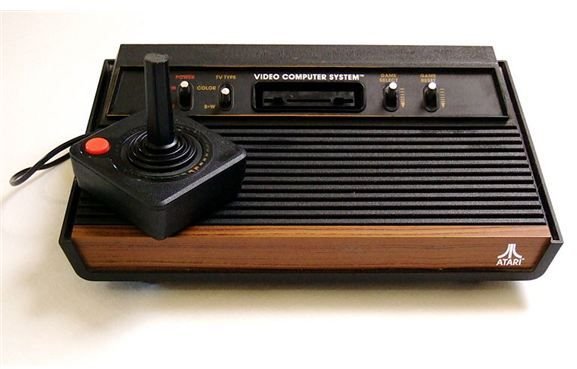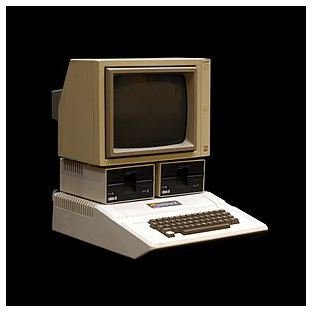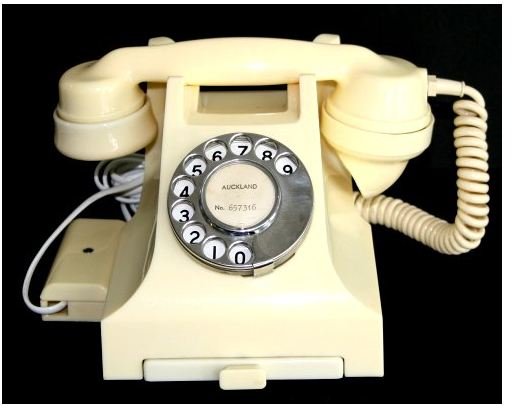A Look at Retro Tech and Gadgets: Remembering Tech from Yesteryear
Introduction
It was on a rainy day that I reminisced about the very very old phone my folks once had, leading me to write this article looking back on retro tech and gadgets. “Retro” meaning backward or in past times comes from the Latin word retro which was no more than a prefix. Retro gadgets can be outdated, old and useless … or classic and timeless pieces. You don’t see them in shops anymore but you secretly wish to hold them and use them once again. A sense of nostalgia takes over when you touch them. Vintage computers or vintage game consoles, that ancient boombox you once had, your dad’s old car - all of these are retro tech gadgets.
Game Boy
The original 8-bit Nintendo Game Boy is the perfect place to begin. It is the first image my mind conjures up when someone spouts the word “retro”. First released in Japan back in April 21, 1989, it came bundled with the game Tetris. By today’s standards, it was pretty hefty, though small, for a handheld gaming console. You just had to slot in the Game Boy cartridge at the top, shove in 4 AA batteries or connect the adapter to a power source, slide the on/off switch to ON, and you were good to hammer away on the A and B buttons and D-pad provided. You could even connect the device to another using a link cable and play Tetris or Pokemon with another player.
I, myself, got one of these when I was really young and have fond memories of playing Tetris, WWF RAW and plenty of other games on the small monochrome screen. Oh, the finesse it took to angle the screen so perfectly that it wouldn’t reflect my own face right back at me. Nintendo did follow it up with a Game Boy Color later though, but this was the device that destroyed the hopes of the Atari Lynx and Sega Game Gear. Some rare games from this console can net you a very decent profit too.
Atari 2600
Another game console which came much earlier and revolutionized gaming was the Atari 2600. Though Atari later became complacent with the success of this little console, it did initially net them a whopping $2 billion profit by 1980, after first being released in 1977. Sold for $199 at the time, it was called the Video Computer System or VCS. Tennis and PONG were some of the first games out on this console, and you could play them with the 2 joysticks and 2 paddle controllers that came with the package.

Games were added to the list right up until 1991 and during its heyday it was to game consoles what the iPod is to music players these days. The bang-in-the-middle cartridge slot just invites to you to slap in a cartridge with iconic games like Space Invaders. Who’d have thought that a console with a processor rated at 1.19MHz and 128 bytes of RAM would go on to become one of the longest serving game consoles ever?
Please continue on to the last page of this article to see more retro tech and gadgets.
We’ve looked at the old Nintendo Game Boy and Atari, here are more retro tech and gadgets.
Retro PCs
Some of the first proper “personal” computers that the common man could afford were the IBM PC, Apple - I and Apple - II.
The Apple - I was knocked together from the hobbyist kit that Steve Jobs and Steve Wozniak cooked up. All one had to add were a keyboard and a television monitor. The Apple - II was a more complete PC though, with an integrated keyboard, sound, a plastic case, and eight internal expansion slots. Fiercely marketed, the Apple - II became increasingly common at educational institutions, businesses and household throughout the USA.

The Apple - II used an operating system called “Apple DOS 3.3” in its final iteration. It went on sale in June 1977 with a 6502 microprocessor running at 1Mhz, with 4KB of RAM, and an audio-cassette drive for loading programs and saving data. Later, the Apple-II was provided with a 5 1/4 inch floppy drive that was in itself a revolutionary medium for storage.
It was the precursor for the Macintosh - whose GUI and mouse brought about a whole new age. Later more PCs like the IBM PC 5150 would show up on the market. Today’s computers are so far advanced from these that Apple-II, Macintosh and IBM 5150 are now resigned to being called retro tech.
The Walkman
The Walkman was a breakthrough in portable music devices. Released in Japan on July 1, 1979 under the official name Sony Walkman TPS-L2, it was originally built in 1978 by Nobutoshi Kihara for then Sony co-chairman Akio Morita. Morita wanted a device that would help him listen to operas during his frequent flights. The resulting portable music player used cassette tapes and it allowed two people to listen in at the same time using mini headphone jacks and a built-in speaker. It brought stereo to the masses and the first iteration even had a hotline button. Pressing this button would let you talk through an in-built microphone to the person who was listening through headphones, thus overriding the music for a short period.

The Walkman began the affordable-portable media player line that went on to spawn all-digital flash based Walkmans in 2007 and inspired devices like the iPod.
Phones of Old
Looking back on retro tech and gadgets, it is difficult to leave out landline telephones with a chrome dial and bakelite body. I fondly remember my childhood days when we still had one of these lying around and I’d play with the dial, pulling it all the way till each number was dialed. The feel of such a device can never be replaced, no matter how many iOS, Android and Symbian apps for touchscreen mobile phones try to ape it. You can still find some of these right out of the 1940s and 1950s, especially going by the name “series 300 bakelite telephones”. The British make them best, but these, as well as some from New Zealand and Australia, go for quite a hefty price. If you want a cheaper retro phone, go for one from India - though the quality of the device will be questionable.

